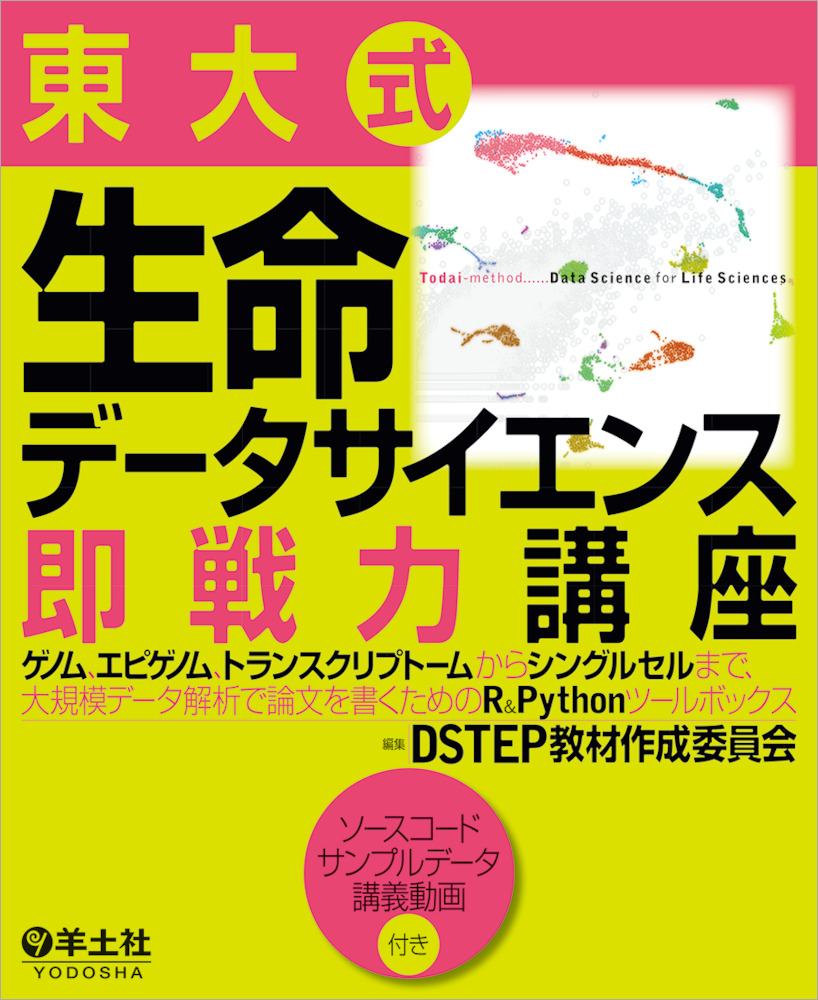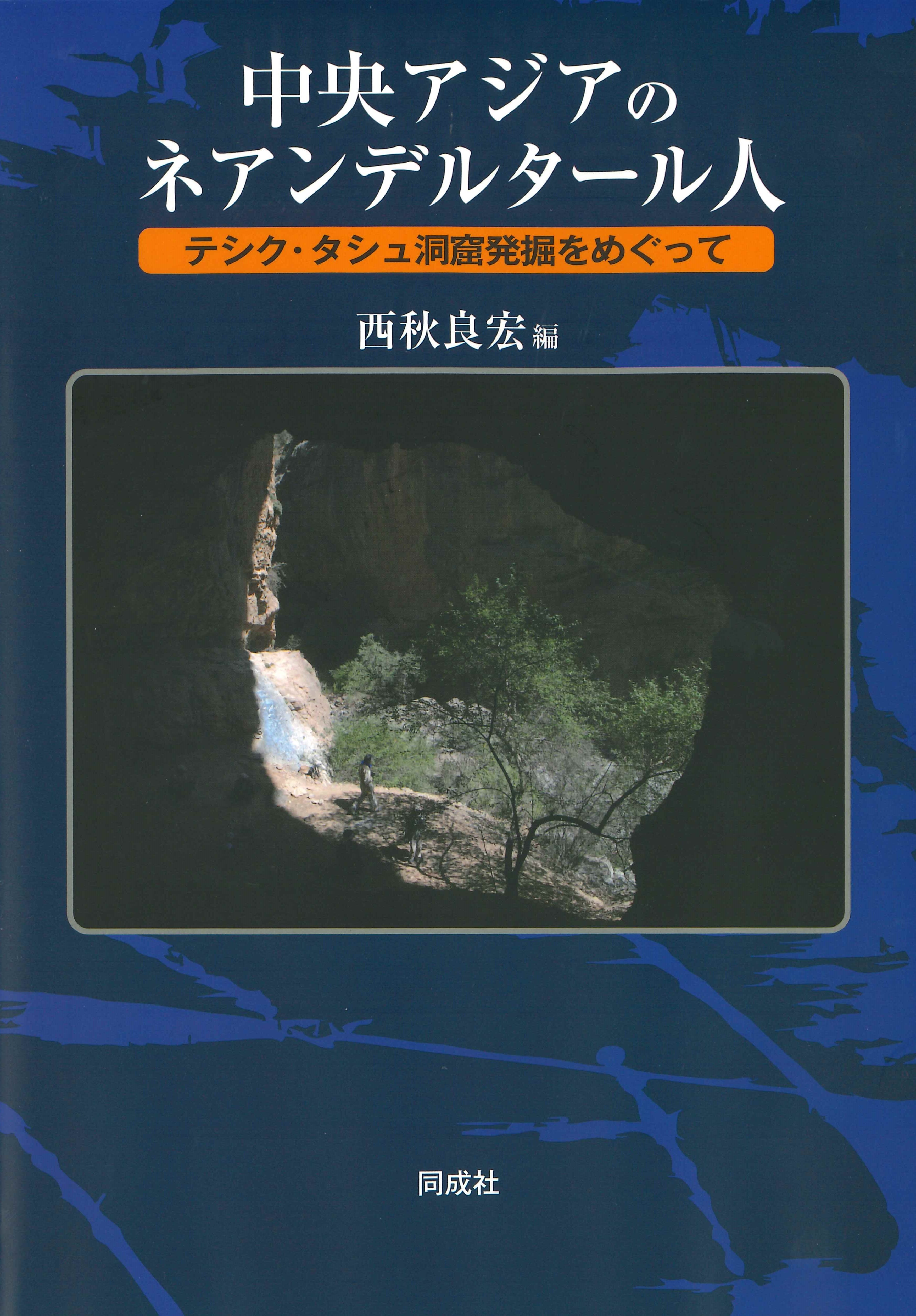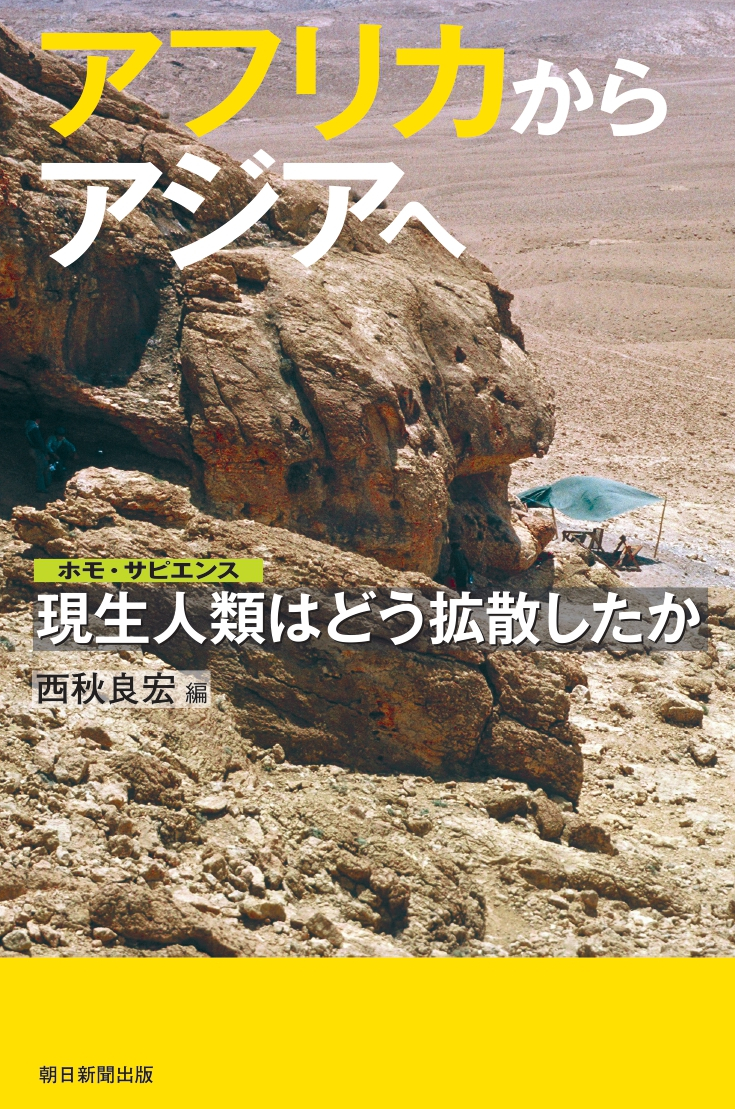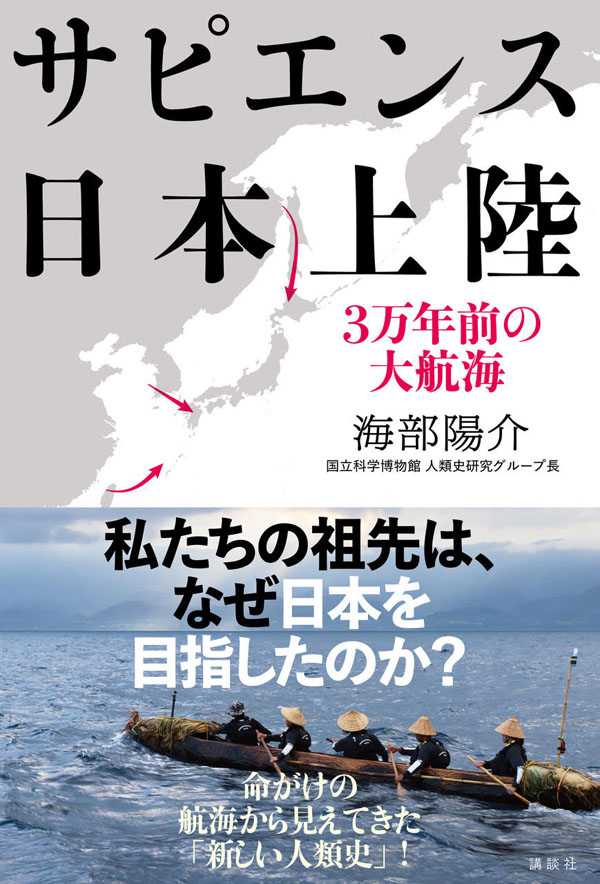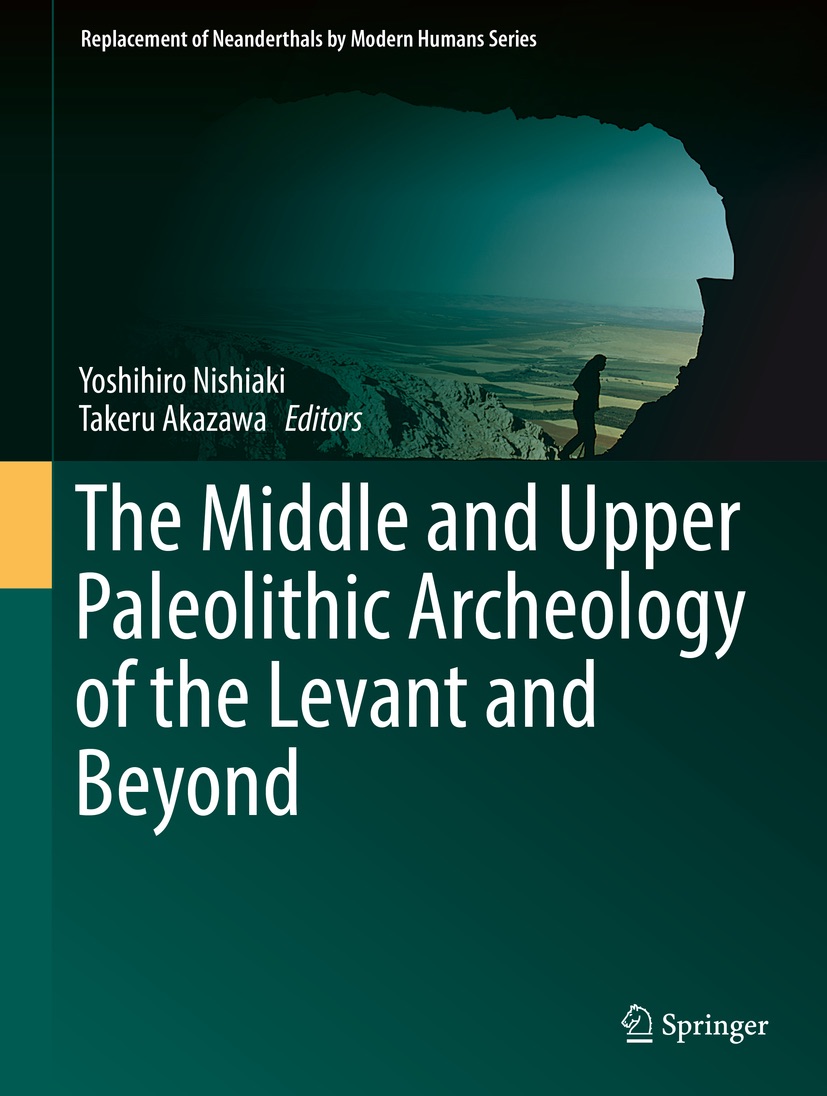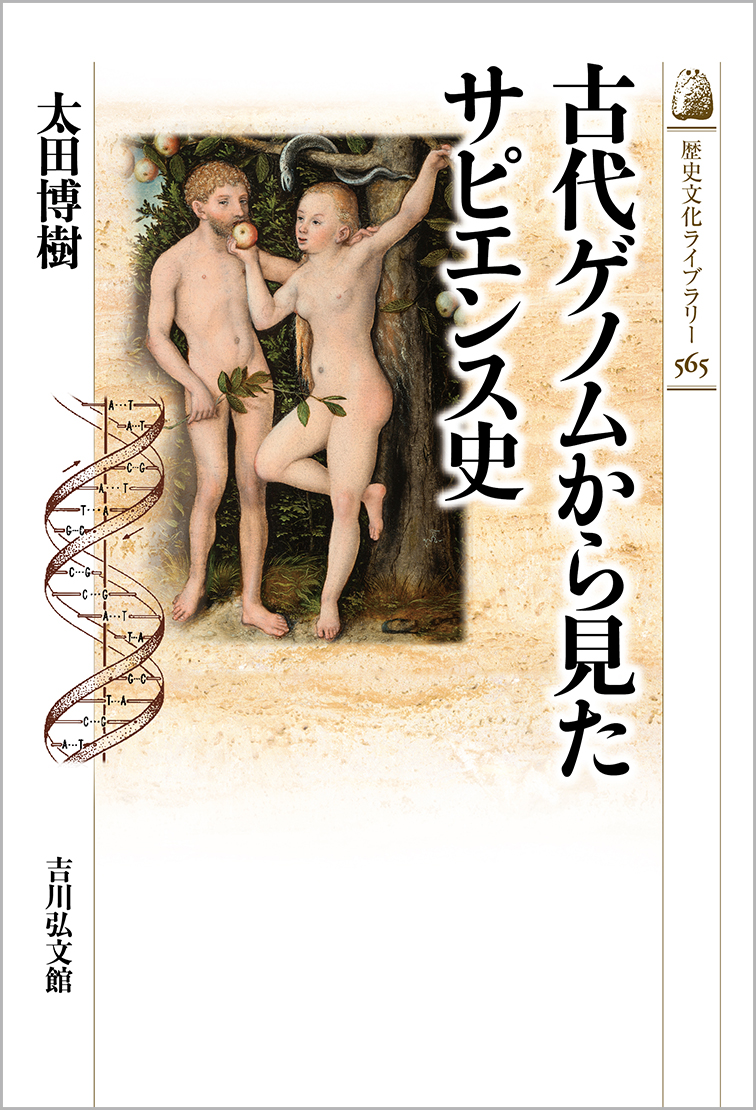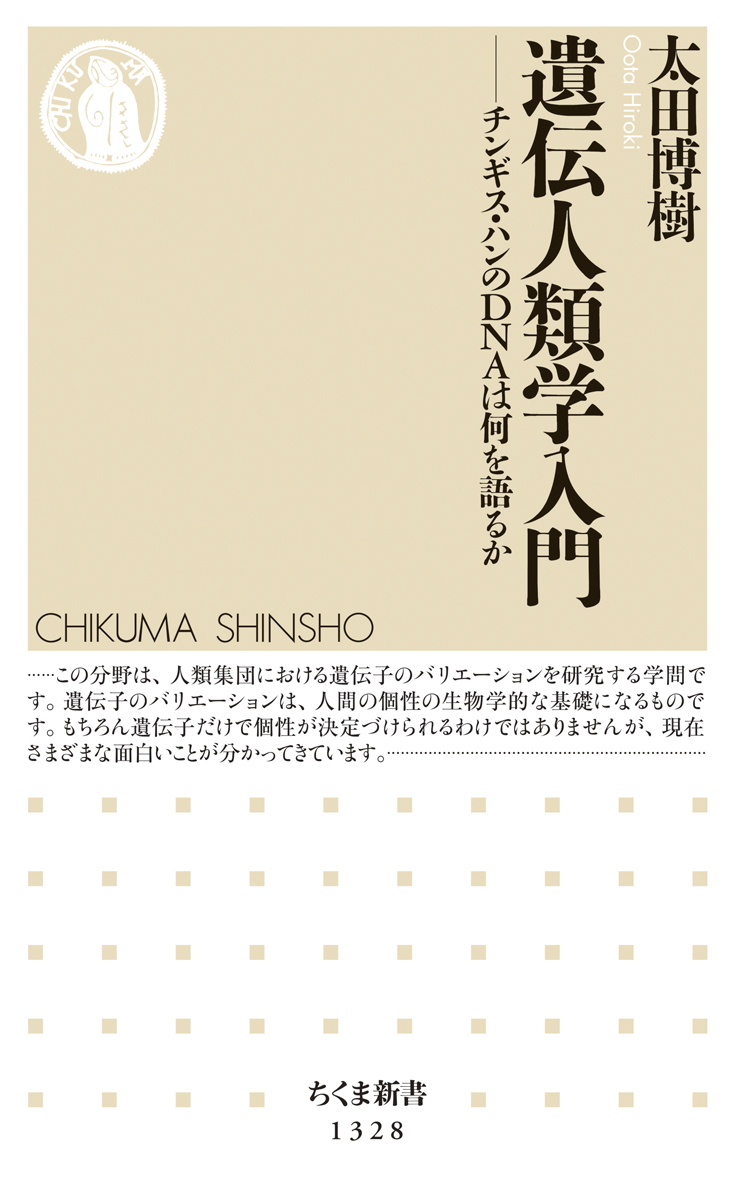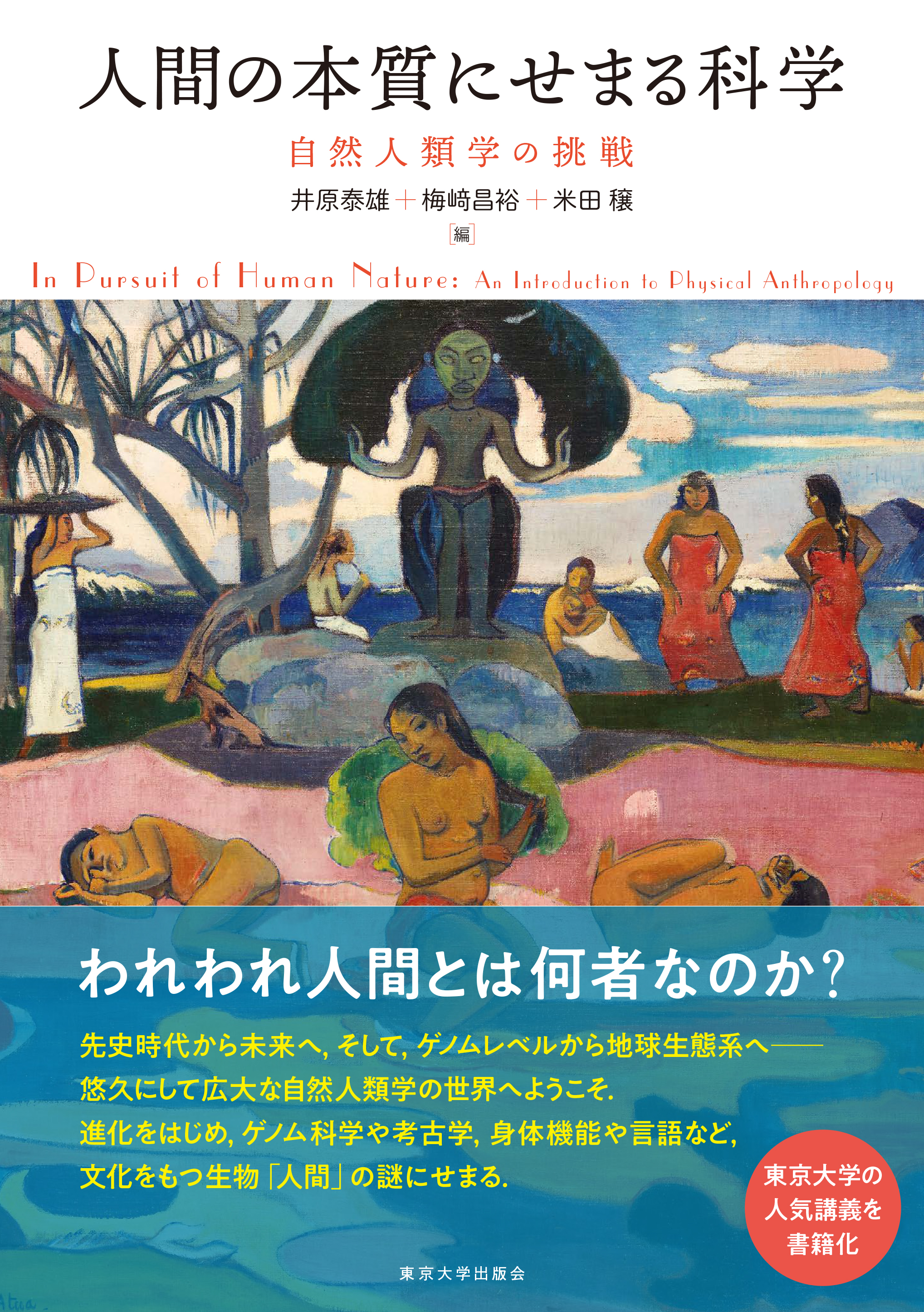
Title
Ningen no Honshitsu ni semaru Kagaku (In Pursuit of Human Nature - An Introduction to Physical Anthropology)
Size
296 pages, A5 format
Language
Japanese
Released
March 22, 2021
ISBN
978-4-13-062228-8
Published by
University of Tokyo Press
Book Info
See Book Availability at Library
Japanese Page
This book is a textbook on physical anthropology targeted toward university students that introduces up-to-date knowledge in the field. Physical anthropology is an academic discipline that studies the origins, evolution, diversity, and distinctive characteristics of modern humans (Homo sapiens) and other human species that have become extinct. It is closely related to a range of other disciplines—not only to biology, medicine, and primatology, but also to disciplines in the humanities such as archaeology, psychology, and sociology—and utilizes the knowledge and methods of these adjacent disciplines with the goal of developing a comprehensive picture of humankind. The University of Tokyo offers an omnibus lecture series on physical anthropology for first- and second-year students organized mainly by the Department of Biological Sciences, Faculty of Science. The content of this textbook is primarily based on this course, with the addition of three chapters and three standalone articles by authors other than the course instructors.
Part I elucidates the evolutionary path from the earliest human ancestors that appeared in Africa to modern humans. Reconstructing the history of human evolution based on bones, teeth, stone tools, and other artifacts found in archaeological sites has been a classic approach in physical anthropology. Even today, this history continues to be rewritten based on new discoveries. Part II deals with genomics research, which has advanced dramatically in recent years. The term “genome” refers to all genetic information of a given organism. The complete human genome was sequenced for the first time in the early part of the 21st century. To date, the genome of Neanderthals, a "cousin" to modern humans, has also been published, revealing that modern human genomes contain some percentage of Neanderthal genes due to past interbreeding. Part III focuses on designs in human body that have been formed through natural selection. Beginning with a discussion on bipedalism, a fundamental characteristic of humans, a variety of fascinating research topics are introduced, including individual differences in the perception of colors known as polymorphic color vision, physiological adaptations to different environments, and the role played by intestinal bacteria in solving nutritional challenges. Part IV discusses topics related to language, archaeology, and culture. It is still not clear when, where, and in what manner human language capability emerged. Efforts to reconstruct the diet of humans living in the Jomon (14000 BCE to 800 BCE) and Yayoi (800 BCE to AD 300) periods using carbon and nitrogen isotope ratios are presented as an example of collaboration between physical anthropology and archaeology. The last chapter contains a dialogue between physical anthropology and cultural anthropology on the topics of human race and racial discrimination.
While physical anthropology is sometimes described as covering biological and physical aspects of human beings, or humans as a biological species, this description is not necessarily accurate. This is because those characteristics that make us human, such as culture, society, and psychology, are also part of the phenotypes that are unique to the human species and fall within the research interests of physical anthropology. It is widely appreciated that what we are today has been shaped by the process of natural selection, just like all other organisms. At the same time, however, it seems hard for us not to presume some qualitative difference between humans and non-human organisms. How did natural selection give rise to uniquely-human characteristics underlying this enduring impression? This is a question yet to be answered by modern science.
(Written by IHARA Yasuo, Associate Professor, Graduate School of Science / 2021)



 Find a book
Find a book


 eBook
eBook
